Tracking The Recovery: What Real-Time Data Says About The State Of The Global Economy
Where we are in a nutshell: in the past 8 weeks there has been a 38 million rise in US unemployment coupled with a $10 trillion forecast loss in global GDP through 2021; this however has been offset by $4 trillion of asset purchases by central banks resulting in a $15 trillion surge in global equity market cap.
But now that with every passing day more of the global economy is reopening as the coronavirus crisis fades away (at least until a second wave emerges), what investors and ordinary people care about is not where we are but where we are going. To answer that question, here is an detailed overview of the impact of Covid-19 on the global economy through various real-time, high frequency data compiled by JPM as it appears right now, weeks if not months before it makes it into official "adjusted" economic reports.
First, a snapshot of COVID-19 infection count and regional spread:
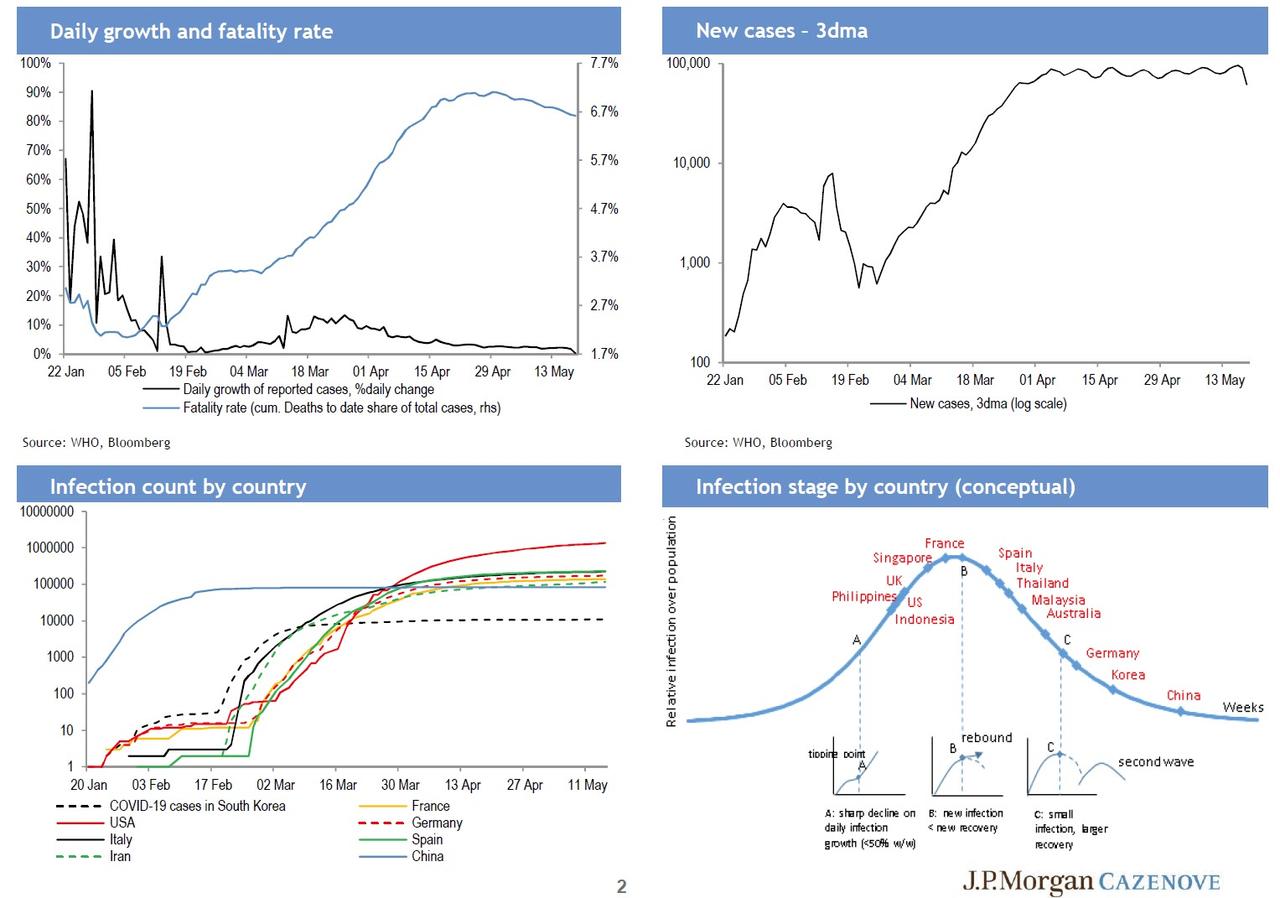
The latest data on-ground mobility data suggests that there is a long way before normal.



While air traffic is dismal, here too there a slight rebound in mostly non-commercial flights; commercial air traffic remains a disaster, however.

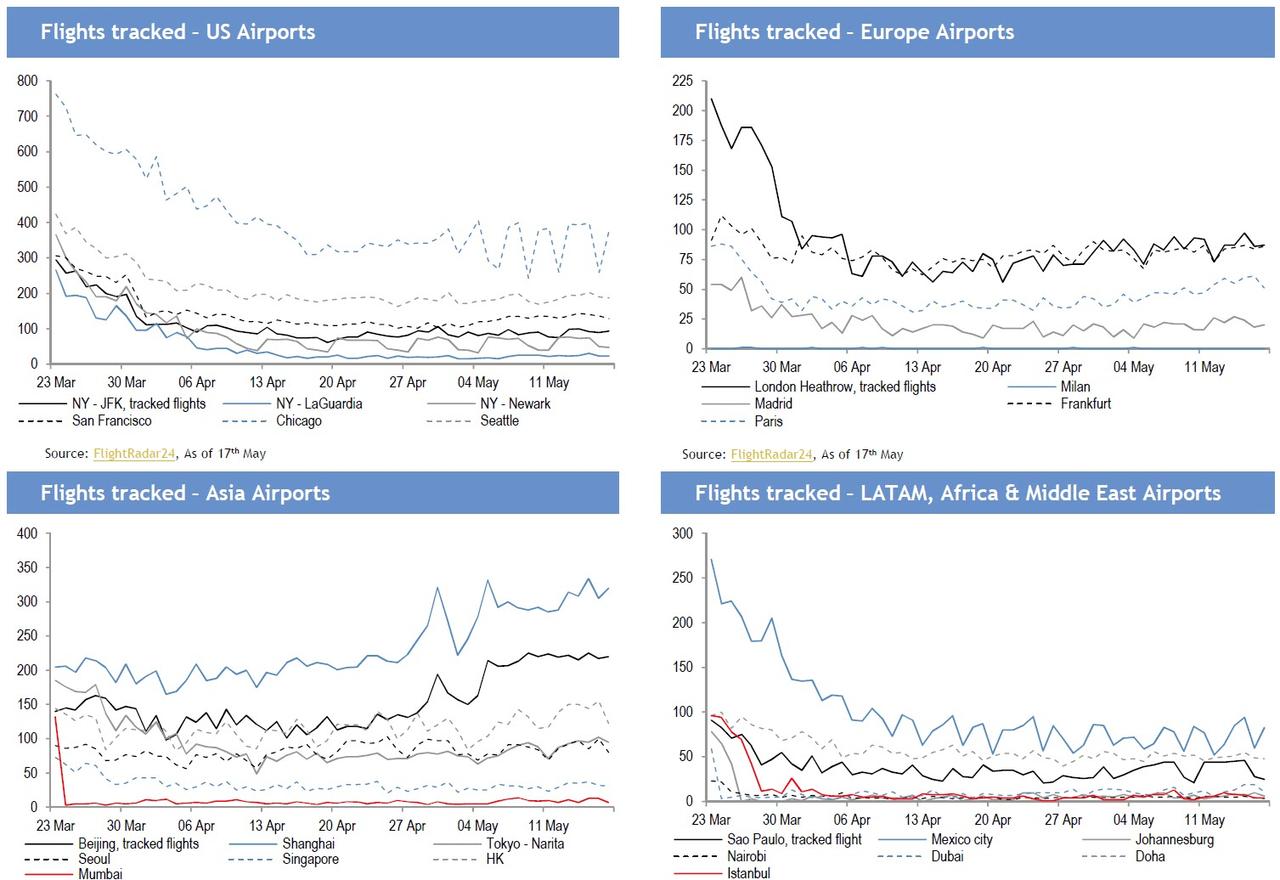

While credit card spending has seen a modest rebound, and consumer activity is clearly starting to recover, restaurant bookings in the US remains dismal.


Some more snapshots of consumer activity looking at retail traffic, footfalls and deliveries.

While hotel, box office and transportation use remains dismal, supermarkets are going strong. Unfortunately for those who believe Facebook that ad spending has normalized, they are in for a shock.
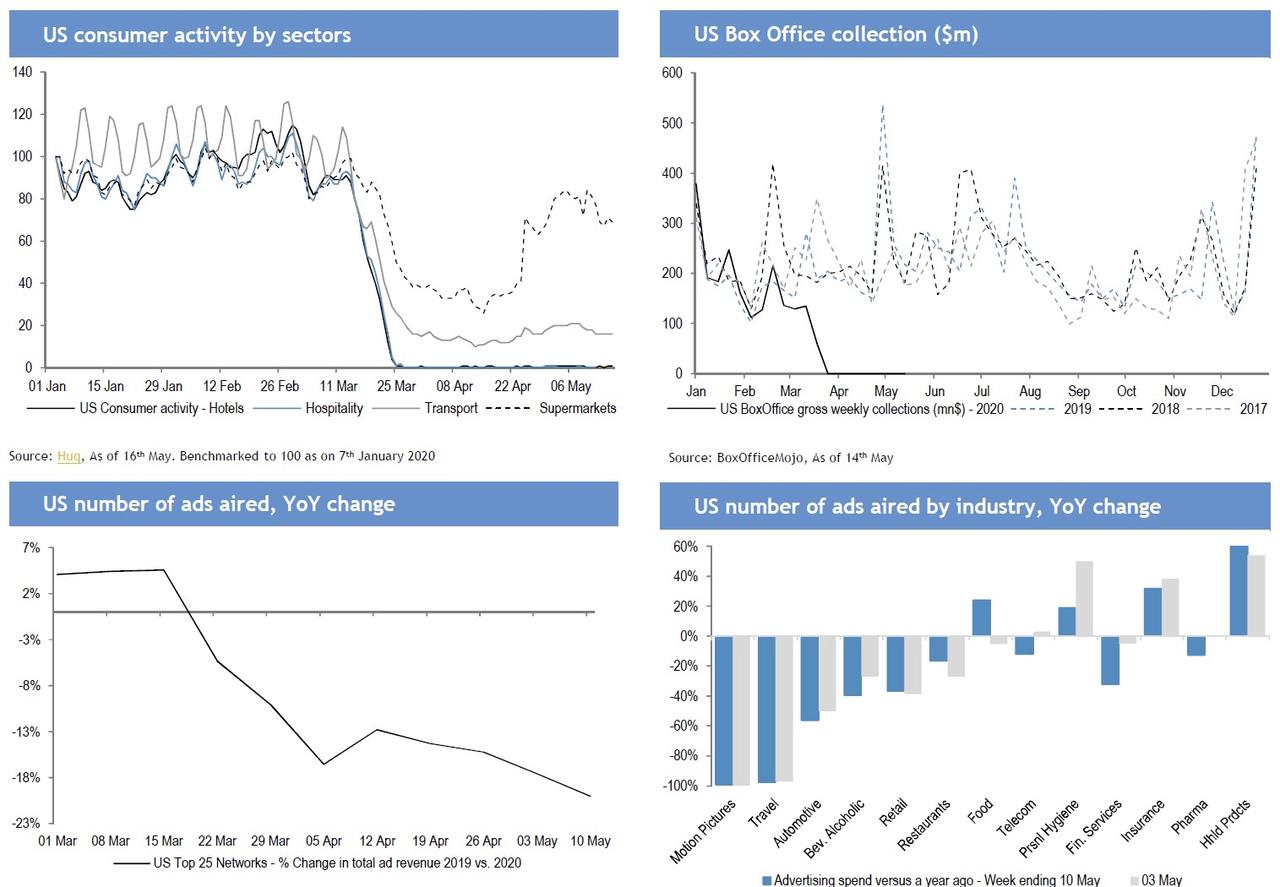
The labor market, unfortunately, remains an unmitigated disaster:
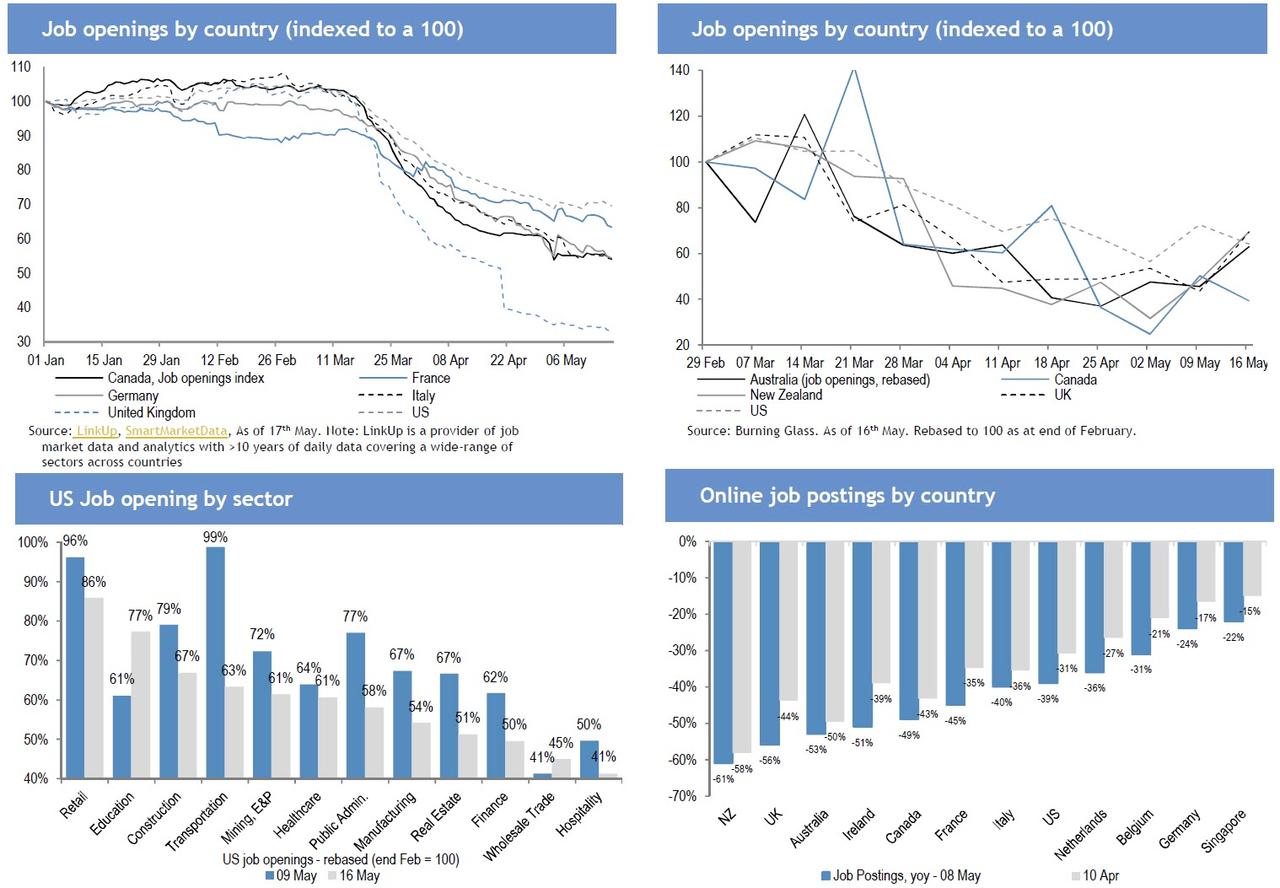
Both industrial and manufacturing activity in the US has been crippled, but it is starting to rebound.
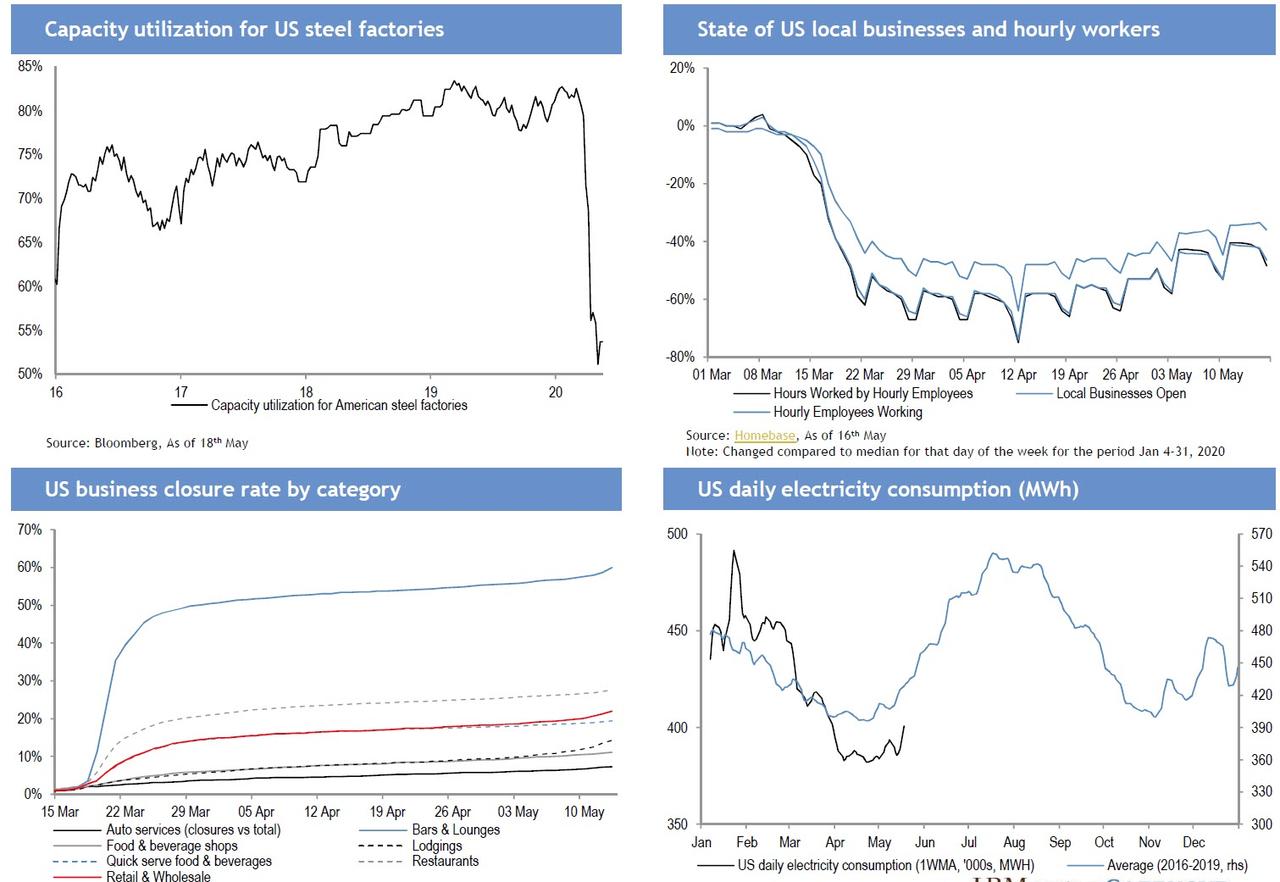

So how about China, after all it's supposedly all "fixed" now. Unfortunately, the real-time data paints a vastly different picture.

While coal consumption has recovered, power use in the epicenter of Hubei province, remains roughly half of normal.
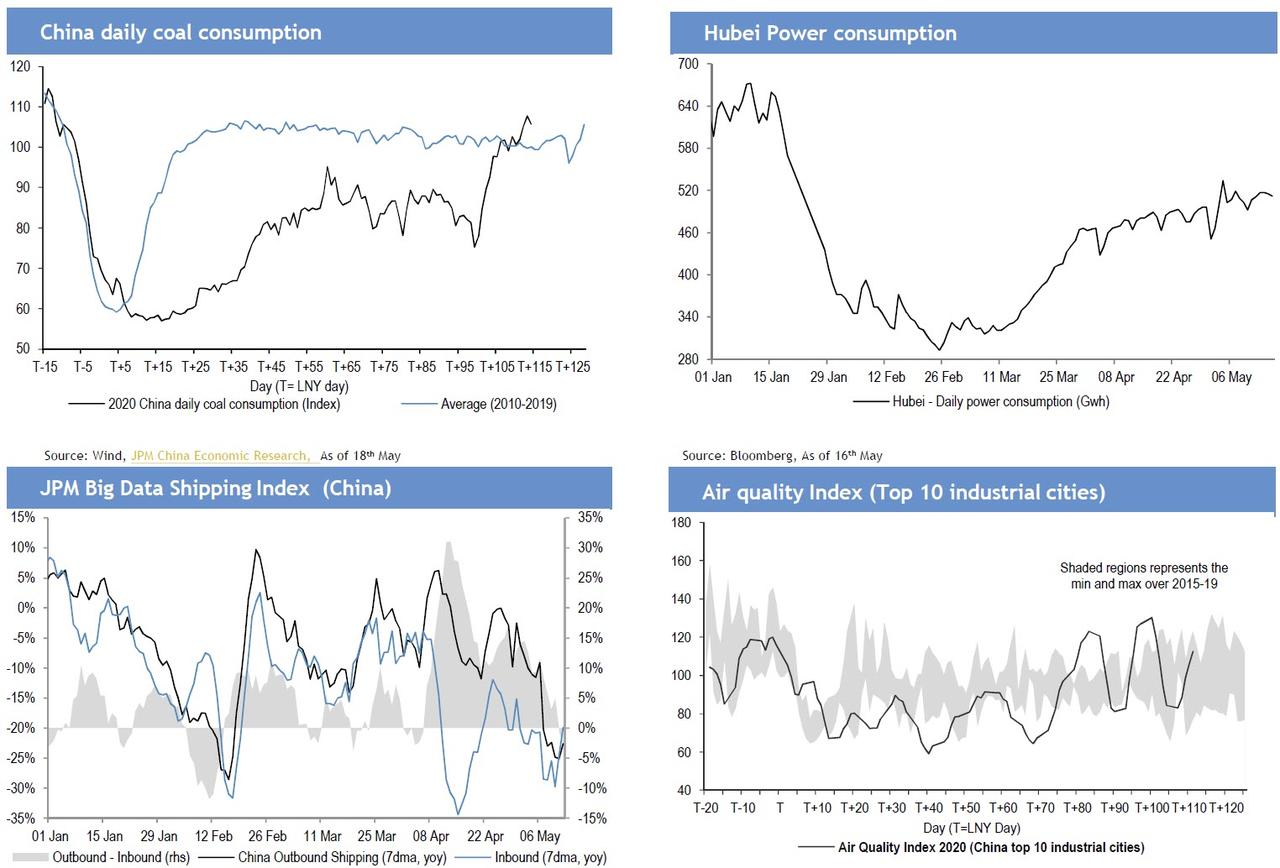
In Europe, it's - as usual - a tale of two halves: the northern nations where things are largely normal, and the Mediterranean states where the pain is largely concentrated.

Finally, some mobility charts, first in the UK...
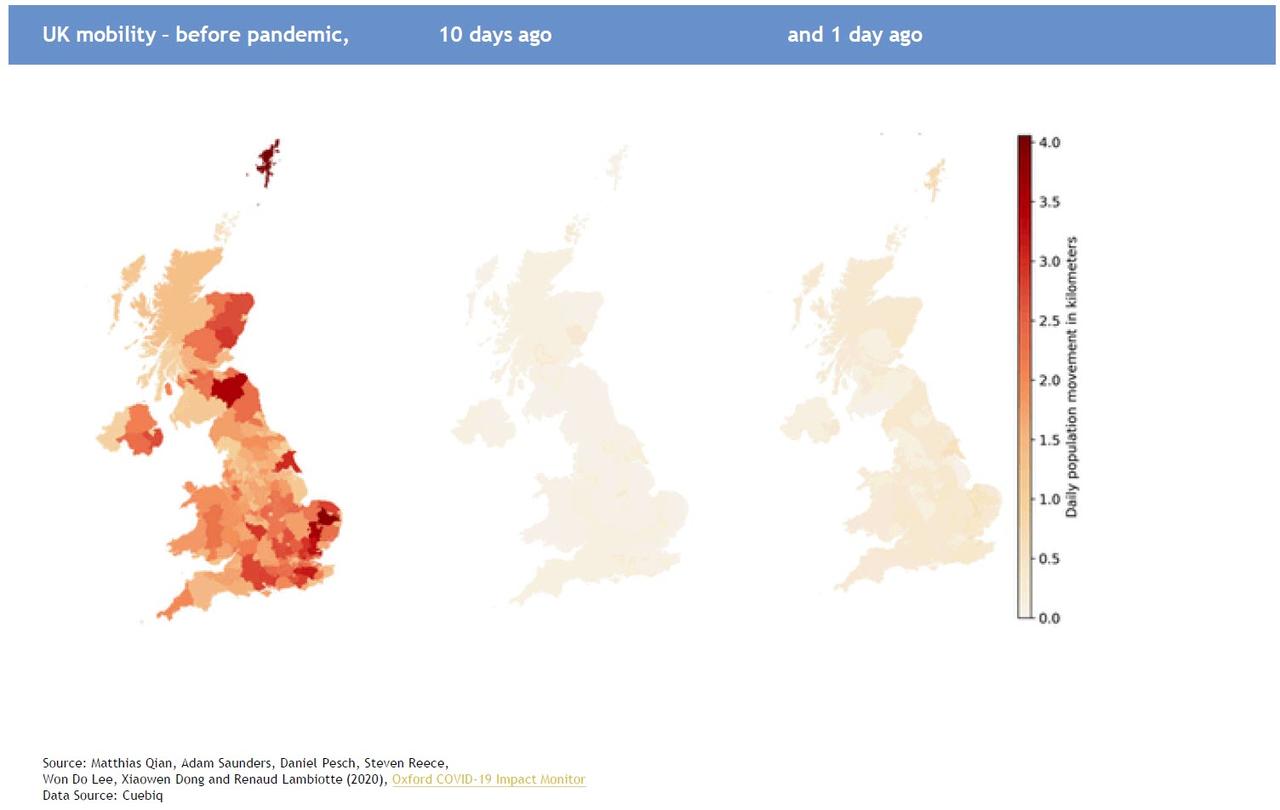
... and then Europe.
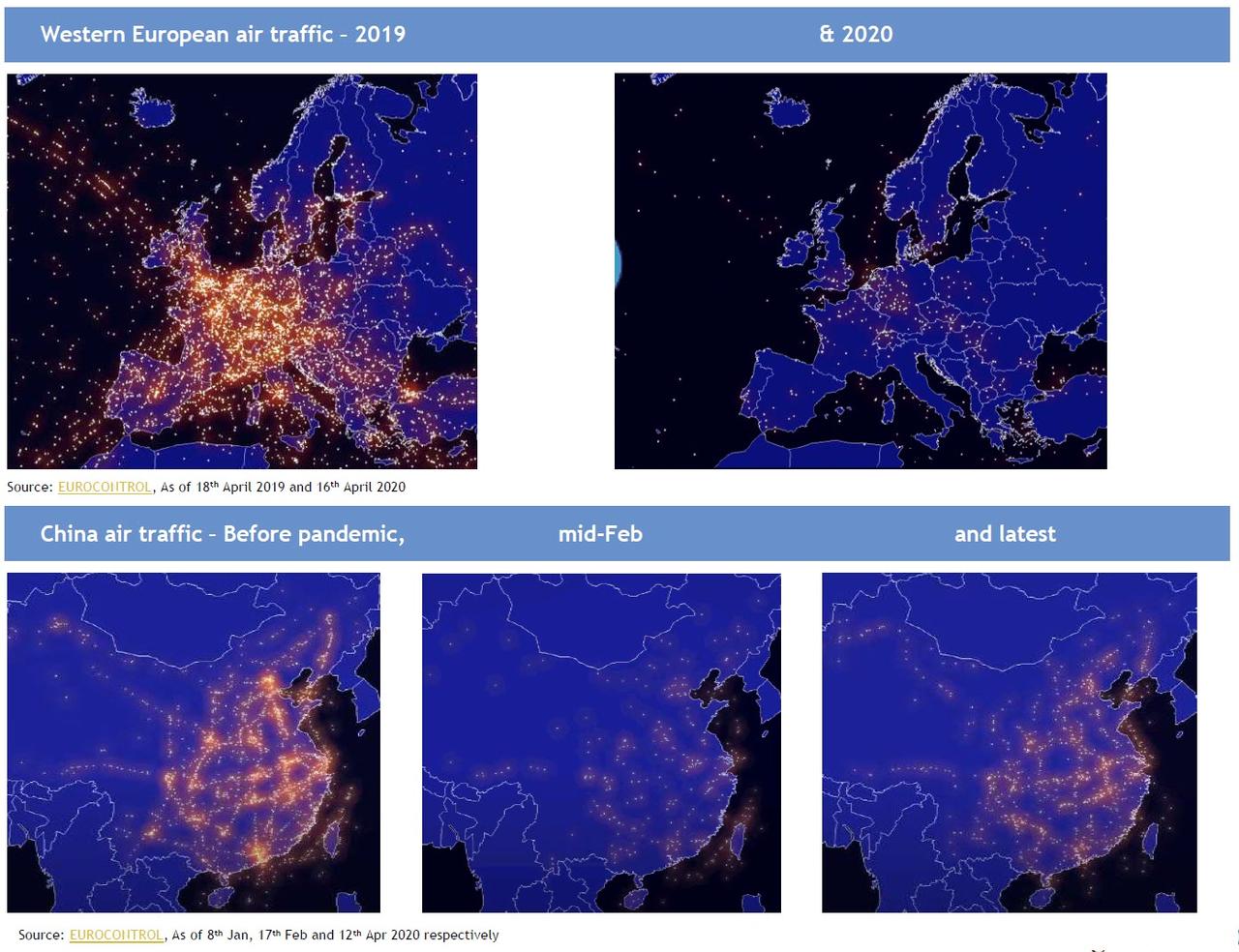
Disclosure: Copyright ©2009-2020 ZeroHedge.com/ABC Media, LTD; All Rights Reserved. Zero Hedge is intended for Mature Audiences. Familiarize yourself with our legal and use policies every ...
more



Many thanks Tyler. Well said and detailed. James